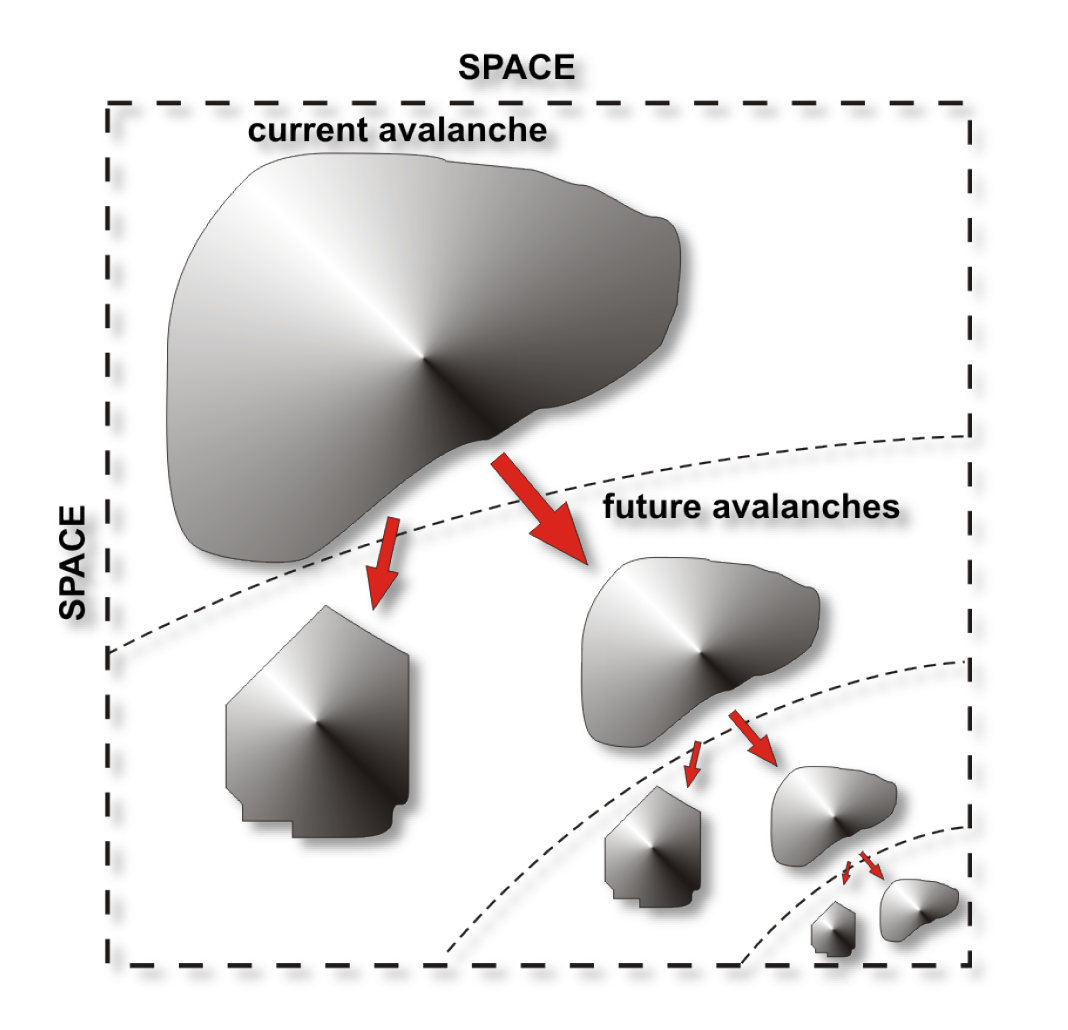Abstract
The ability to detect unanticipated, novel events and rapidly relay this information across neural networks is fundamental to brain function, enabling the selection of appropriate behavioral responses. Here, we examine the transmission of holographically triggered action potentials in primary visual cortex of quietly resting mice, focusing on the dynamics of communication from pyramidal neurons. We demonstrate that these novel action potentials, which are uncorrelated with preceding activity, exert a disproportionally large influence on neighboring neurons. Their influence scales robustly to an exponent between 0.2 and 0.3 relative to their number. Remarkably, even a small number of novel action potentials can engage a majority of the local network, achieving high decoding accuracy of the perturbation origin in the face of high trial-by-trial variability and ongoing activity characterized by scale-invariant, parabolic neuronal avalanches. This heightened susceptibility to small, local perturbations aligns with the behavior of complex systems exhibiting critical dynamics. Our findings reveal that scaling underpins the efficient communication of unanticipated action potentials, suggesting it is a fundamental mechanism for detecting and processing novel events in the brain. These results provide new insights into the neural basis of novelty detection and highlight the importance of critical dynamics in cortical network function.
Paper: Critical Scaling of Novelty in the Cortex

Biography
Dr. Dietmar Plenz is Chief of the Section on Critical Brain Dynamics at the National Institute of Mental Health (NIMH), USA. He studied at the Universities of Mainz and Tübingen, earning his Ph.D. in 1993 under Prof. Valentino Braitenberg and Ad Aertsen at the Max Planck Institute of Biological Cybernetics. Joining NIMH in 1999 as a Tenure-track Investigator, he gained tenure in 2006. Dr. Plenz’s discovery of neuronal avalanches established the field of critical brain dynamics. His lab integrates electrophysiology, imaging, and neural modeling to explore optimization in cortical information processing in rodents, non-human primates, and in vitro systems..
